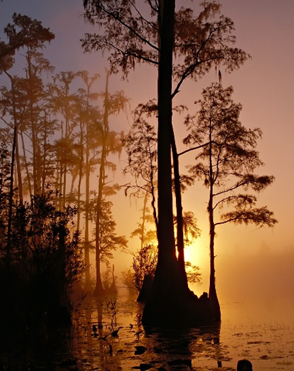
On the morning of Monday, August 19th, 2024, some strange development plans were leaked to the people of Florida detailing some new introductions into some of Florida’s most beloved state parks. These plans were proposed by the Executive Office of the Governor in the form of nine different amendments to the current management plans for these state parks. Very soon after, these leaked plans were publicly announced by the Florida Department of Environmental Protection (FDEP). After issuing a press release containing the new management plans for nine state parks (that were titled “The 2024-2025 Great Outdoors Initiative”), some commotion began among the nature-lovers of Florida because these plans all included developments of new 9 to 18-hole golf courses, resort hotels, pickleball and disc golf courses, and many more expansions that would be built into these natural areas. Johnathan Dickinson State Park, found in Martin County, was one of the most impacted parks. These plans included the construction of an 18-hole and a 9-hole golf course expanding to roughly 550 acres of land and another 18-hole golf course encompassing roughly 500 acres of land. If this development were to be completed, over 1000 acres of natural land would be paved over in this state park. And that is just one of nine.
Below are some links more information on the development plans of each state park and some other resources on how to help:
https://floridadep.gov/parks/public-participation
Many native Floridians quickly became outraged at this advancement and the FDEP received an influx of backlash against their proposal. This was not only due to the nature of the construction plans, but also because of the timely manner in which they were announced. After the initial documents were released, the FDEP announced the scheduling of public meetings discussing the management plans with only 1 week’s notice. With the wording of the FDEP’s initiative announcement vague and potentially misleading, the people of Florida decided to act. Hundreds of thousands of emails were sent in disagreement with the plans, and many Floridians took to peaceful protest at the parks themselves. After all the uproar, the FDEP announced on Sunday, August 25th that they would be withdrawing the development plans for Johnathan Dickinson State Park from agency review. This acted as a great representation of the power of the people’s voice!
If you would like to learn more ways to help speak out about this initiative, check out the link below!
Here is a link to a portion of the initial leaked plans:
https://floridawildlifefederation.org/wp-content/uploads/2024/08/1-Overview.jpg
Here is a link to the “2024-2025 Great Outdoors Initiative” Announcement:

